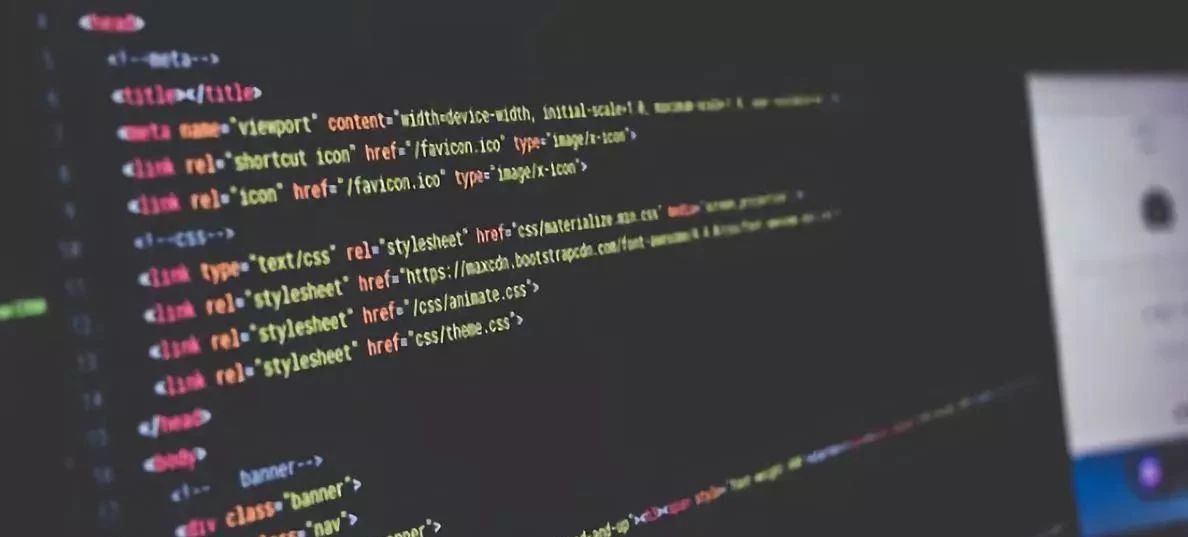Introduction to Blockchain 丨 Analysis of the methods and advantages and disadvantages of physical asset chaining
Author: Yan
Production: Vernacular Blockchain (ID: hellobtc)
The decentralized ledger of the blockchain means that anyone can conduct transactions in a trusted network while making sure that their assets are safe.
Although so far, blockchain is still largely limited to digital assets. However, there have been heated discussions on how to chain physical assets. Today we will talk about what is the physical asset on-chain, and what impact does it have?
- SheKnows 丨 Where is the public chain application breaking out?
- Why does the lottery industry in the artificial age urgently need blockchain transformation?
- EU issues stablecoin ban: Risks cleared before any "global stablecoin" allowed to operate in the EU
01What is the physical asset on-chain?

For example, what would be the process for Dabai to purchase a house in a blockchain environment? In the process, tangible assets are transformed into forms that can be managed, stored, and traded in a digital space. In short, this provides a way for Dabai to manage asset records rather than intermediaries. The software environment provided by the blockchain includes escrow, trading platforms, clearing houses, and legal registers, all of which are embedded in the tokenization of assets.
In addition, other participants on the blockchain verify and store information related to the asset in real time and permanently, reducing the need to trust central authorities and third parties. Finally, tokenization can divide assets into multiple parts so that they can have multiple owners when needed. In the final analysis, this is decentralized "securitization."
02 Tokenization Trend

Over the past year, the tokenization of real-world assets has attracted much attention. The actual physical objects will not change just because they are on the blockchain, but the tokenization of physical assets on the blockchain will indeed make "who owns the assets" more transparent . It creates a decentralized source of truth for things like commodity trading, auctions or real estate development.
Taking blockchain agriculture as an example, tons of corn, wheat and other commodities are traded and delivered between suppliers every day. These transfers usually have contracts for quality, compensation and delivery time. With tokenization, these contracts can be processed on the blockchain at any given time using a single source of real-time data about the status of wheat, corn, and other states.
03 Can replace VS uniqueness
Assets and their tokens are both substitutable and unique. Substitutability means that tokens and assets can be easily replaced with each other, for example, one pound of silver is equal to another pound of silver (as long as the quality is the same), which can be subdivided and traded accordingly.
Unique assets cannot be easily subdivided or declared as equivalent assets. A ship is a unique asset because it cannot be immediately exchanged for another ship. Although you can subdivide a unique token (for example, owning a third of the ship), it is not always possible to trade this subdivided token in an alternative asset. Both alternative assets and unique assets can exist on the blockchain.
04 Ownership VS Limited Rights
Another way that blockchain can simplify permissions management is through explicit ownership and limited permissions.
For example, the landlord owns the property and can lease it to the tenant. The tenant does not have the rights or responsibilities like the landlord, and limited rights can be built into the smart contract. Limited rights apply to ideas such as streaming services or art galleries renting paintings from private collectors. These types of smart contracts can be more complex, but they are simpler to manage and understand on the blockchain than the usual written form.
Benefits of physical asset on-chain:
1.Immutable blockchain proves ownership
We already know that the blockchain has the characteristics of immutability, and this function can be well transferred to tokenization. Having a digital history of transactions helps each stakeholder and investor prove their ownership.
At the same time, this structure also helps reduce the chance of fraud. If the token owner attempts to sell a token multiple times and attempts to transfer one token to multiple investors, this structure will show the exact history of ownership, thus preventing him from forging transactions and deceiving investors.
2. Programmability allows automation, improves transaction and shared management
The ability of smart contracts to contain different business logic refers to programmability, which helps to establish automatic events when certain conditions are met. This means better pre-established rules. Tokenization also makes investor management easier.
By relying on third-party exchanges, you can track secondary transactions without any complexity. Since tokens can include built-in compliance, this programmability is very helpful to speed up settlement.
3. Improve liquidity
Tokenization itself increases opportunities for partial ownership. Fiat currencies like the US dollar can only be as low as $ 0.01, but tokens can have up to 18 decimals, which means that unless certain restrictions are taken, the price of a token can be much lower.
This means that investors have a much lower chance of entering the market and have more room for more ownership. For example, an investor does not have to invest $ 100,000 for a particular real estate, but can pay $ 5,000 for a tokenized portion of ownership.
However, there is a fatal drawback. The real challenge of putting physical assets on the blockchain is the permanence of blockchain transactions. For example, the contract of your house is on the blockchain, and your mortgage provider accidentally sent it to the wrong recipient address, this operation cannot be changed. Even worse, if the address belongs to someone, he will now own your house!
Even a court action cannot recover your house. The only way is to get the network to agree on the fork of the blockchain. Solving such reversibility is the key to the success of the physical assets on the blockchain.
05 conclusion
Physical assets on the blockchain can simplify many supply chain, logistics, and contract management issues. However, this technology has some disadvantages that can pose usability challenges. Before such a system can operate, we need a reliable way to verify identity, avoid mistakes and rule disputes.
What do you think about the pros and cons of bringing assets on the chain? Welcome to share your views in the message area.
——End——
"Disclaimer : This series of content is only for the introduction of blockchain science popularization, and does not constitute any investment opinions or suggestions. If there are any mistakes, please leave a message to point out. Article copyright and final interpretation rights belong to the vernacular blockchain. A
We will continue to update Blocking; if you have any questions or suggestions, please contact us!
Was this article helpful?
93 out of 132 found this helpful
Related articles
- The whale moves frequently, this new block actually holds 900,000 bitcoins, which is equivalent to Satoshi's bitcoin holdings
- Bitcoin network sets another record: on-chain transaction volume exceeds $ 8.9 billion in 1 hour
- ICT Researcher: Five Suggestions on China's Blockchain Legislation Supervision
- Fosun co-founder Liang Xinjun: Why is 2020 a turning point in the development of blockchain?
- "Zhejiang Shoot" applies blockchain technology to the auction of scientific and technological achievements for the first time
- How should the blockchain play? We talked to the Nobel Laureate in Economics
- Beijing financial technology pilot "regulation sandbox", analysts: digital currency is expected to enter the pilot





